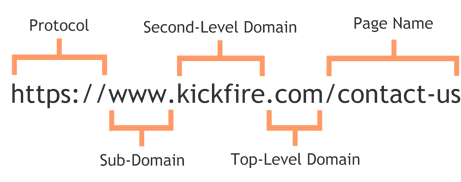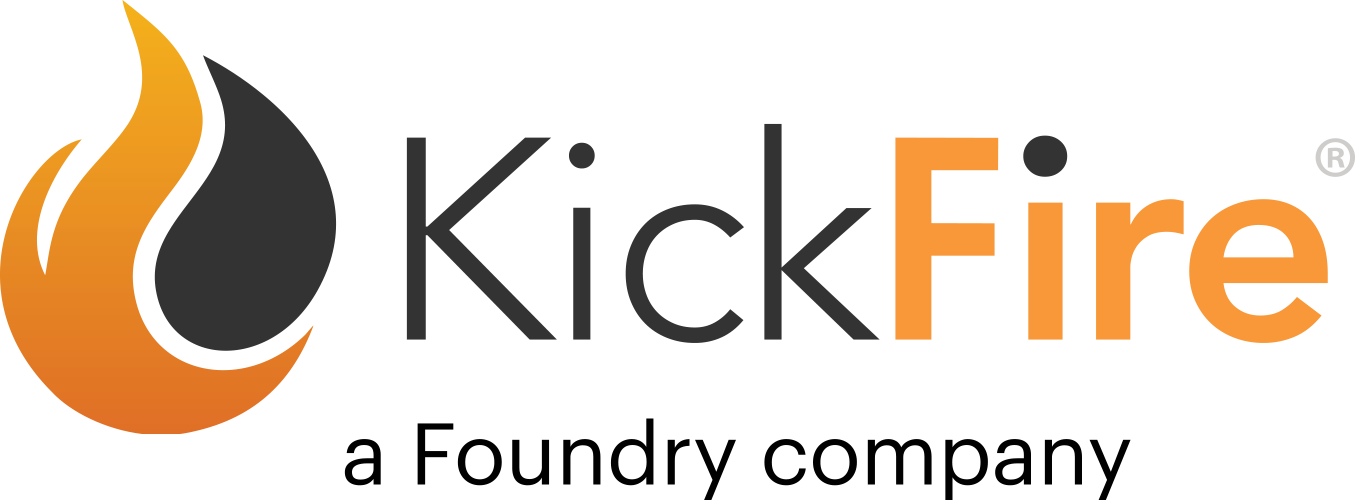If you’re like me, you grew up in a time before everyone over the age of 10 had a cell phone. When you wanted to call someone, you had to remember their phone number by heart. If you forgot it, oh well, I guess Grandma isn’t getting a phone call on her birthday this year (Grandma, if you’re reading this, I’m sorry). Fortunately, those days are long gone, now everyone's phone number is conveniently stored as a contact in your phone.
Domain names work the same way for your website. Domain names are to IP addresses what contact names are to phone numbers.
Every webpage has its own unique identification number called an IP address. Think of these like a phone number of a website – they are critical for the transfer of data to and from a website, but they’re long and hard for us humans to remember.
This is where domain names come in.
Domain names are strings of letters or numbers that website owners choose to represent their website – think of a domain name as the official “contact name” for your website (think apple.com, ebay.com, etc.).
When we attach a name to a particular IP address it becomes much easier to remember and type into a search bar.
 Domain names are part of the sequence of letters, numbers, and symbols that make up a website’s URL (Universal Resource Locator). Here’s what a full URL for a webpage might look like:
Domain names are part of the sequence of letters, numbers, and symbols that make up a website’s URL (Universal Resource Locator). Here’s what a full URL for a webpage might look like:

Protocol – This is the first part of a domain name (written as https://). HyperText Transfer Protocol (HTTP) is the underlying protocol used by the World Wide Web and defines how messages are formatted and transmitted. When you enter a URL in your browser, this actually sends an HTTP command to the web server directing it to fetch and transmit the requested web page. If you see HTTPS it just means that there is an encrypted connection between the server and the browser, making browsing the site and filling out data such as contact forms or credit card information more secure.
Sub-Domain – This is just an extension of the second-level domain. The default subdomain of a website is “www,” but this can be almost anything you want. In fact, once you have a domain name registered, you can easily change the “www” to something like “store” to create a new web address without having to purchase a new domain name.
Second-Level Domain – This is the actual “name” part of a domain name most people are familiar with (ex: Apple). Second-level domains are incredibly important as they are generally the thing that people remember when they want to visit a site.
Top-Level Domain (TLD) – Top-level domains come after the second-level domain within the URL and are commonly denoted as .com, .org, .edu or .net. These are traditionally used to help a website viewer gather information on what kind of website they are viewing. For example, if the website has a top-level domain of “.edu” a visitor can quickly determine that the website they are viewing is academically focused.
Page Name – Page names differentiate the various pages within a website’s domain from one another. One website can have hundreds of different pages contained within its domain so this ensures that no two pages have exactly the same URL.
All of these elements come together to differentiate the various pages of every website and make surfing the web, in general, a much more pleasant experience. With the world going digital and a website being your best sales and marketing tool it is important to understand the basics behind your website to get the most out of it. If you want to learn more about the systems working behind the scenes to make your website run smoothly, check out how the Data Layer and Response Time can impact user experience across your site.
